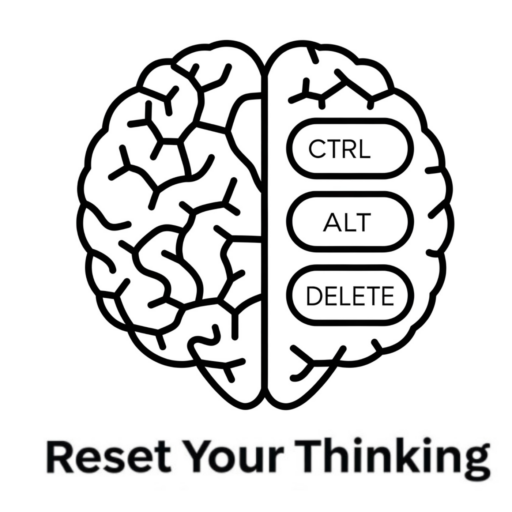The Five Dysfunctions of a Team
Overview:
These excerpts detail the core concepts of Patrick Lencioni’s “The Five Dysfunctions of a Team” through the lens of a fictional company, DecisionTech. The material explores the various dysfunctions that can plague a team, hindering its ability to achieve results. The document shows the consulting process to turn around a team and a company. The main consultant is Kathryn Petersen.
Key Themes and Ideas:
- The Five Dysfunctions Framework: The sources clearly introduce and elaborate on the five dysfunctions that Lencioni posits are fundamental obstacles to team success. It is a pyramid of issues to be solved:
- Absence of Trust: At the base of the pyramid. Characterized by an unwillingness to be vulnerable within the group. “Trust lies at the heart of a functioning, cohesive team.”
- Fear of Conflict: Stems from a lack of trust. Teams avoid artificial harmony and are unable to engage in passionate debate around ideas.
- Lack of Commitment: Without conflict, teams struggle to achieve buy-in, resulting in ambiguity. Lack of commitment can lead to paralysis by “their need for complete agreement, and their inability to move beyond debate.”
- Avoidance of Accountability: Without commitment, team members are hesitant to call out peers on behaviors and actions that don’t contribute to the overall good of the team.
- Inattention to Results: The ultimate dysfunction, which occurs when team members put their individual needs (ego, career development, recognition) ahead of the collective goals of the team.
- DecisionTech as a Case Study: The excerpts use DecisionTech as a tangible example of a company suffering from these dysfunctions. The company, despite its initial advantages (experienced team, solid business plan, ample funding), is underperforming due to executive-level issues: “Backstabbing among the executives had become an art. There was no sense of unity or camaraderie on the team.”
- Specific Team Member Issues: The excerpts highlight the behaviors and attitudes of individual team members that contribute to the dysfunctions:
- Jeff Shanley (CEO): Over-engineered, struggles to delegate, and is afraid to fail: “I am pretty afraid to fail. And so I tend to over-engineer things and do them myself. I don’t like to tell other people what to do, which, ironically, only makes it more likely that I’m going to fail.” He also runs meetings poorly, as if “he were a student body president reading from a textbook on protocol.” He also accepts a demotion rather than risk losing out on a potential payout, showing a lack of focus on results.
- JR (Head of Sales): Experienced, agreeable, but unreliable (“flaky”) and doesn’t follow through on commitments. He admits, “if I don’t think something is terribly important, which usually means it isn’t going to get me closer to closing a deal, I can sometimes blow it off.” Ultimately quits, not wanting to work on “people’s personal problems.”
- Martin (CTO): Highly intelligent but struggles with interpersonal communication, comes off as arrogant and insensitive. Prefers “conversations with people on a purely intellectual level and not have to worry about what they’re feeling or anything like that.”
- Mikey: Disruptive, often sarcastic, and perceived as having a poor attitude. Kathryn notes that “Mikey’s behavior was having a very real impact on the rest of the group.”
- Nick: Initially focused on personal career advancement over team success. Admits his desire to acquire Green Banana was “more about giving me something to work on…I’m beginning to feel that I made a bad career move by coming here, and I just want something that I can hang my hat on.” Eventually turns around.
- Jan: Very protective of her own team, sometimes at the expense of the executive team’s cohesion.
- Importance of Vulnerability-Based Trust: The texts suggests it as the solution to build trust on the team: “How does a team go about building trust? Unfortunately, vulnerability-based trust cannot be achieved overnight. It requires shared experiences over time, multiple instances of follow-through and credibility, and an in-depth understanding of the unique attributes of team members.” One tool suggested is the Personal Histories Exercise.
- Conflict is Necessary: The documents states that the team needs conflict to buy in and commit to the decisions that are made. “When people don’t unload their opinions and feel like they’ve been listened to, they won’t really get on board.” Also that consensus is not neccessarily a good way to solve problems because it tries to please everyone: “Consensus is horrible. I mean, if everyone really agrees on something and consensus comes about quickly and naturally, well that’s terrific. But that isn’t how it usually works, and so consensus becomes an attempt to please everyone.”
- Importance of Shared Goals/Results: The excerpt stresses that teams must have a clear, shared understanding of what constitutes success. This includes defining a common goal (e.g., number of new customers) and focusing on collective results rather than individual recognition. Kathryn tells them “when everyone is focused on results and using those to define success, it is difficult for ego to get out of hand.”
- Accountability and Commitment: The text highlights how teams need to commit to decisions even if they disagree (“disagree and commit”). Team members need to hold each other accountable for actions and behaviors.
Illustrative Examples and Quotes:
- On Trust (or lack thereof): “Backstabbing among the executives had become an art.”
- On Conflict Avoidance: Kathryn observes that she has to resist the “temptation to make artificial peace.”
- On Commitment: JR’s “flakiness” demonstrates a lack of commitment to the team.
- On Accountability: The team avoids addressing Mikey’s negative behavior for a long time.
- On Results: The debate over market share versus new customers illustrates the importance of a clear, unified focus on results. “If everything is important, then nothing is.”
Implications:
These excerpts suggest that even highly talented and well-resourced teams can fail if they don’t address fundamental interpersonal issues. Building trust, fostering healthy conflict, achieving commitment, ensuring accountability, and focusing on collective results are crucial for team success.
RYT Podcast is a passion product of Tyler Smith, an EOS® Implementer (more at IssueSolving.com). All Podcasts are derivative works created by AI from publicly available sources. Copyright 2025 All Rights Reserved.

